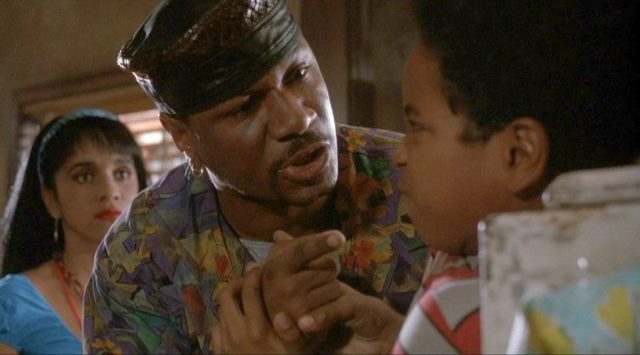I Do Movies Badly: Introduction to Racial Reckoning Films (featuring Mark H. Harris)

If you’ve ever been to BlackHorrorMovies.com or watched the fabulous documentary, Horror Noire: A History of Black Horror, then you may recognize my October guest. To help celebrate the Halloween season, Mark H. Harris joins I Do Movies Badly to talk about racial reckoning in horror films! Mark talks about how he fell in love with horror, the elements and history of black horror films and racial reckoning, and recommends three films that each focus on a different aspect of racism and white people getting their comeuppance: Wes Craven’s The People Under the Stairs (1991), Get Out (2017), and Ma (2019).




























I was unaware of Craven’s history of activism. It’s not even on his wikipedia page.
I disagree that gentrification is something that has always been part of American history. As Matthew Yglesias has pointed out, it only happens when there are restrictions on increasing the supply of the housing stock. Otherwise rich people would just be moving into newly built places, while poorer people stayed in older ones.
As far as I can tell, the middle-class shrunk by roughly the same amount in the 80s as it did in the 70s and 90s. The fraction of lower-income households shrunk as well throughout all that time, with all the increase going into the fraction qualifying as higher-income (using constant inflation-adjusted dollars). I know you’re just quoting Patrick Bromley, but it seemed worth noting.
“Hear no evil, see no evil, speak no evil” is not actually Judeo-Christian. Instead the “three wise monkeys” were carved into a Japanese temple, with either a Confucian, Buddhist or Hindu inspiration.
The titular people under the stairs could represent the lower class, but that’s complicated by the fact that the lower class are already represented in the movie via the neighborhood showing up to protest their landlords. The cellar-dwellers are all potential “children” of Mommy & Daddy (how they originally obtained them all is unclear), and they specifically picked white kids, most of whom didn’t eventually meet their exacting standards. Maybe they’re standins for 60s radicals, rebelling against their figurative parents.